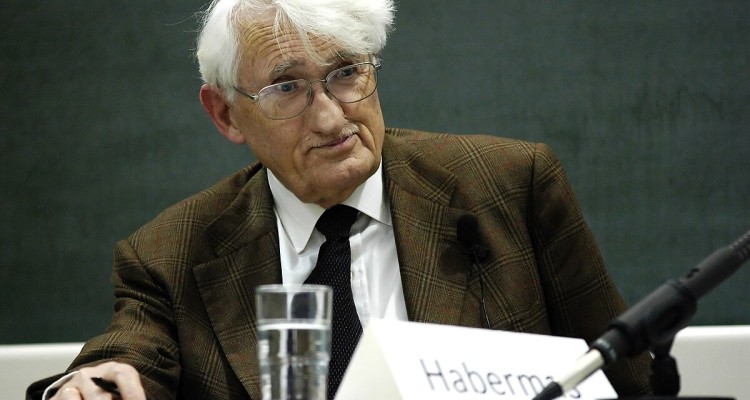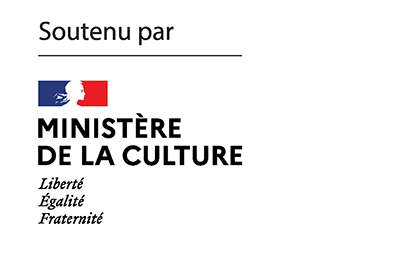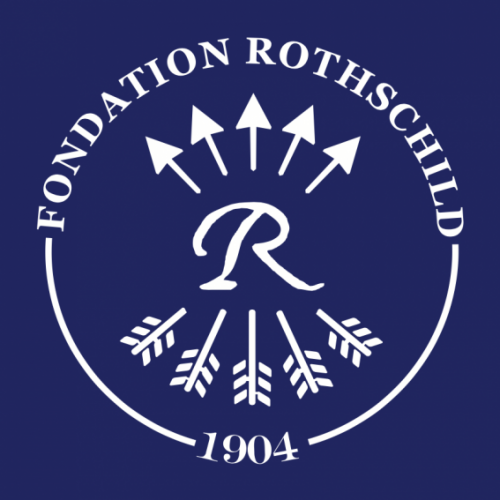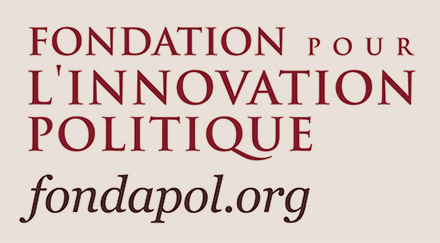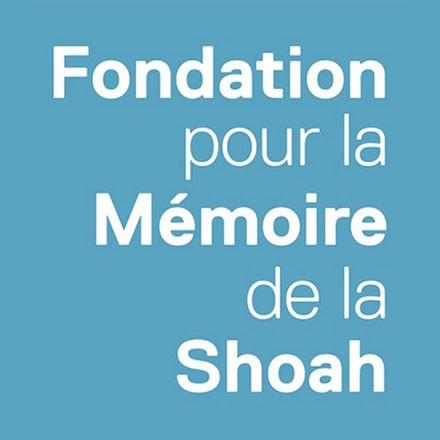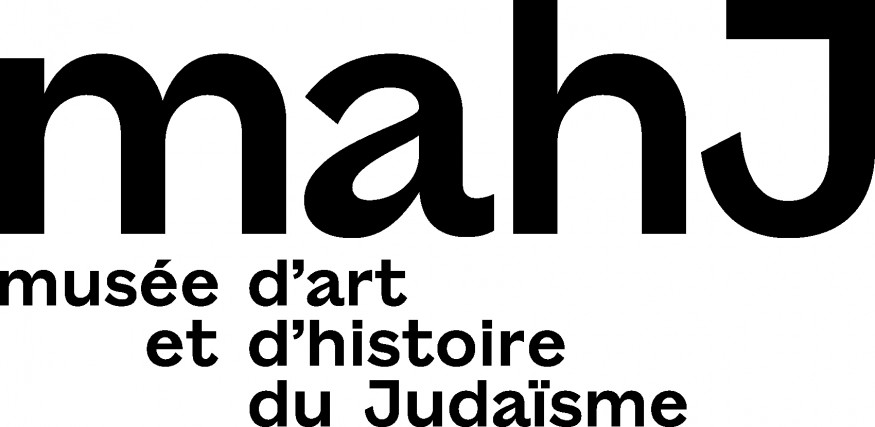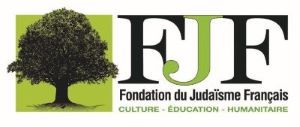On “Writing the history of the Jews of France: blind spot or blinding presence?” A response to Jean-Claude Kuperminc.
On April 19, Jean Claude Kuperminc organized an event for Akadem et K. with Mathias Dreyfuss and Claire Soussen, and reviewed their respective books: Aux sources juives de l’histoire de France (CNRS Editions, 2021) and Les juifs, une tache aveugle dans le récit national (Albin Michel, 2021). Paul Salmona, who co-edited the latter with Claire Soussen, returns to the debate on the tension that is revealed between the history of the Jews in France and their place in the national narrative.
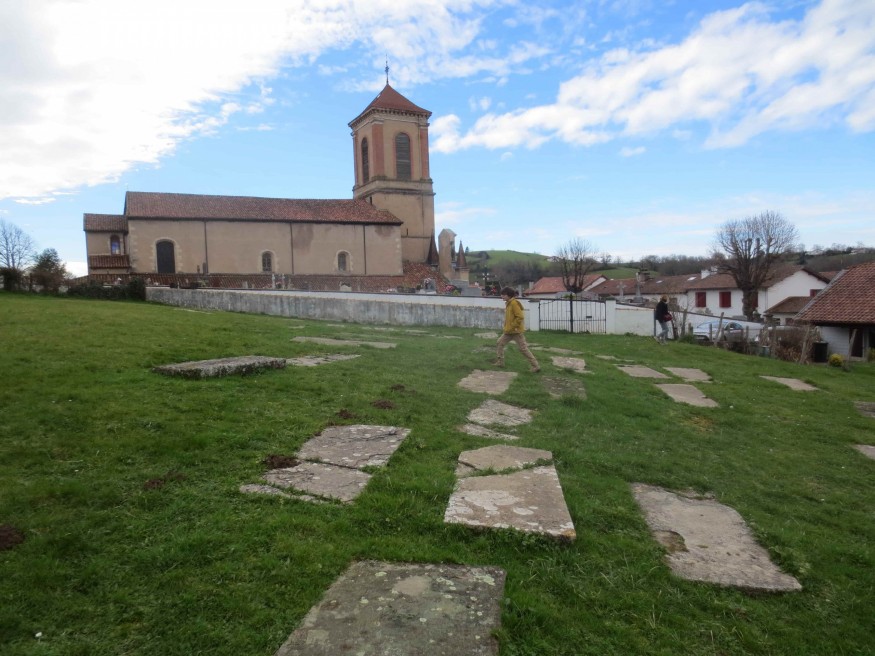
I read with interest Jean-Claude Kuperminc’s review on April 19 of the two books Aux sources juives de l’histoire de France (CNRS Editions, 2021), based on Mathias Dreyfuss’s thesis, and Les juifs, une tache aveugle dans le récit national (Albin Michel, 2021), the result of the colloquium I organized with Claire Soussen at the Museum of Jewish Art and History in Paris in 2019.
I regret, however, that this review and the introductory note that precedes it do not make the difference, however fundamental, between two essential but quite distinct notions: on the one hand, the archives and historiography on the Jews, which are the subject of Mathias Dreyfuss’s work, and on the other hand, the national narrative, which is the subject of our book.
Indeed, as Mathias Dreyfuss shows, the archives constitute a considerable source and have given rise to a profusion of historiographical works on the Jews of France since the 19th century. This means that the history of the Jews of France has been made and continues to be written. There are countless books and articles on the contemporary period as well as on the Middle Ages and Modern Times: there is no debate about that!
On the other hand, this historiography does not “percolate” into the “national narrative.” Our colloquium and the book that resulted from it give a plethora of examples in many fields: school[1] and university teaching, conservation and development of heritage[2], museography[3], archaeological research[4], etc. Let us specify that by “national narrative” we mean a set of facts on which researchers and, more generally, the social body, have reached a consensus in order to describe the history of the country in broad strokes (which is quite different from the “national mythos,” a mythical construction of history). We are therefore not interested in the sum of works on the Jews studied by Mathias Dreyfuss, but in a commonly accepted “History of France”, based on the popularization of scientific data, and which has become, in particular, that of school textbooks and summaries intended for a broad public. And there, clearly, except for the Dreyfus Affair and the Shoah, we note an absence. It seems to us to be involuntary and multifactorial, which is why we have chosen to describe it with the metaphor of the “blind spot”, that point on the retina that does not see, and not with the term “forgetting”, which would imply prior collective knowledge, or with the term “occultation”, which would imply a deliberate will.
Another bias lies in the confusion of facts with common representations: Jews have been present since antiquity on the territory of present-day France; Rabbi Shlomo ben Itzhak ha-Tsarfati (Solomon son of Isaac “the Frenchman”) is the greatest commentator on the Bible and the Talmud; the rabbinic schools of Tsarfat and Provintsia play a major role in medieval thought; the Capetians were the first European rulers to expel the Jews; after the expulsions, France stood out, unlike Spain, Portugal or England, by the presence of “resilient” communities (Avignon, Comtat Venaissin, Aquitaine coast, Lorraine, Alsace); the emancipation of the Jews in September 1791 was a founding act of European modernity; the integration of Jews in France in the 19th century was achieved in all sectors, allowing them to contribute in a remarkable way to economic development, scientific research, university teaching or the defense of the nation; at the end of the 19th century and in the first half of the 20th century, France welcomed Jews from all over Europe and from the Mediterranean region; the latter committed themselves in an exemplary manner during the First and Second World Wars… but who knows?
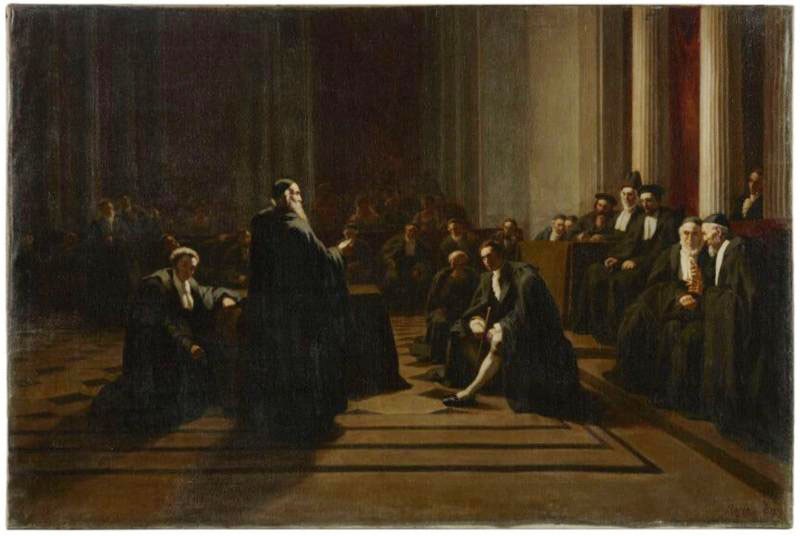
This singular history, marked in particular by Israelism – this Franco-Judaism which confines religion to the private sphere and brings Jews into the “community of citizens”, fervently adhering to republican values – is perfectly studied but is known only to specialists. This is a collective French unthinking, because the situation is very different in Spain and Germany, where the history of the Jewish presence – whether in university teaching or in the national narrative – is much more integrated. In this respect, to take the Iberian example alone, it is sufficient to recall that Spanish liberal thinkers have stressed the importance of the Jewish past of the peninsula since the nineteenth century, following the example of Emilio Castelar y Ripoll (1832-1899), the future president of the government of the short-lived First Republic, on April 12, 1869, when he reported to the Cortes on the consequences of the decree of the Alhambra: “So that by depriving us of the Jews you have deprived us of an infinite number of names that would have been a glory for Spain[5]. A century and a half later, on August 3, 2015, the Spanish parliament voted to grant citizenship to Sephardim of Spanish origin; on November 30 of the same year, King Felipe VI greeted this decision, in a speech before an audience of Jews of Spanish origin, with a spectacular “¡Cuánto os hemos echado de menos!” (“We have missed you so much!”[6]). In contrast, the declaration of Manuel Valls[7] one year after the Hypercacher massacre (“France without the Jews would not be France”), appears somewhat late and rather poor in terms of argument, even if it finally demonstrates the government’s firm grasp of the threats to French Jews since the attack on rue Copernic in 1980, which led to Raymond Barre’s infamous distinction between “Israelites going to the synagogue” and “innocent Frenchmen”[8]. This is clearly evident in the unthinking of the then Prime Minister: the Jews do not belong to the nation.
Jean-Claude Kuperminc also questions the relevance, in our work, of the analysis of the “silence” of certain Jewish historians such as Jules Isaac, Marc Bloch or Pierre Nora. For us, it is by no means a question of considering that the history of the Jews is the prerogative of Jewish historians, but rather of showing that, despite their Jewishness, the latter are no exception in their writings on the general history of France. Moreover, we give many examples of non-Jewish authors who are perfectly informed about the history of the Jews but who also do nothing or almost nothing about it in their own works on France, as if the question were “out of the ground”. How can we be surprised that from the university to the school, from archaeology to museums, it is rarely addressed?
The photograph that illustrates Jean-Claude Kuperminc’s text on the K site perfectly symbolizes the gap between the importance of the Jewish presence in France over time and its absence, here, in the museography. This image shows in the background the façade of the Roger-Quilliot Museum of Art in Clermont-Ferrand, whose rooms do not display any medieval Jewish objects from its collection, even though it is precisely located, as can be seen in the foreground, on rue du Faubourg-des-Juifs (a toponymy inherited from the Middle Ages).
One of the paradoxes of Jean-Claude Kuperminc’s review is that after refuting the existence of this “blind spot,” he concludes, quoting François Mitterrand: “the silence in the textbooks on the history of the Jews of France… It is high time to teach how much civilization in France owes to the Jewish people.” This is exactly what Le judaïsme, une tache aveugle dans le récit national (Judaism, a blind spot in the national narrative) is about, but the work remains to be done!
Paul Salmona
Director of the Museum of Jewish Art and History (Paris)
Notes
| 1 | Christine Guimonnet and Alexandre Bande, “What is the place of the Jews in the programs, teachings and textbooks of secondary schools and preparatory classes?” in Les juifs, une tache aveugle dans le récit national, p. 148-158, Paris, Albin Michel, 2001. |
| 2 | Nadia Naudeix, “La juiverie de Cavaillon: une histoire commune, une mise en valeur particulière”, op. cit. pp. 223-230. |
| 3 | Claire Decomps, “La place du judaïsme dans les musées en France “, op. cit. p. 209-222. |
| 4 | Paul Salmona, “La difficile émergence d’une archéologie du judaïsme en France, ou le retour du refoulé “, op. cit. p. 195-2008 |
| 5 | Speech on freedom of worship and the separation of Church and State, delivered on 12 April 1869 in Madrid before the Congress of Deputies. |
| 6 | Speech delivered by Felipe VI at the Royal Palace in Madrid on November 30, 2005. |
| 7 | Statement by Manuel Valls before the National Assembly on January 9, 2016. |
| 8 | Raymond Barre on French television station TF1, October 3, 1980: “I return from Lyon full of indignation at this odious attack intending to strike at the Israelites who were on their way to the synagogue and that struck at innocent French people who were crossing the rue Copernic.” |
